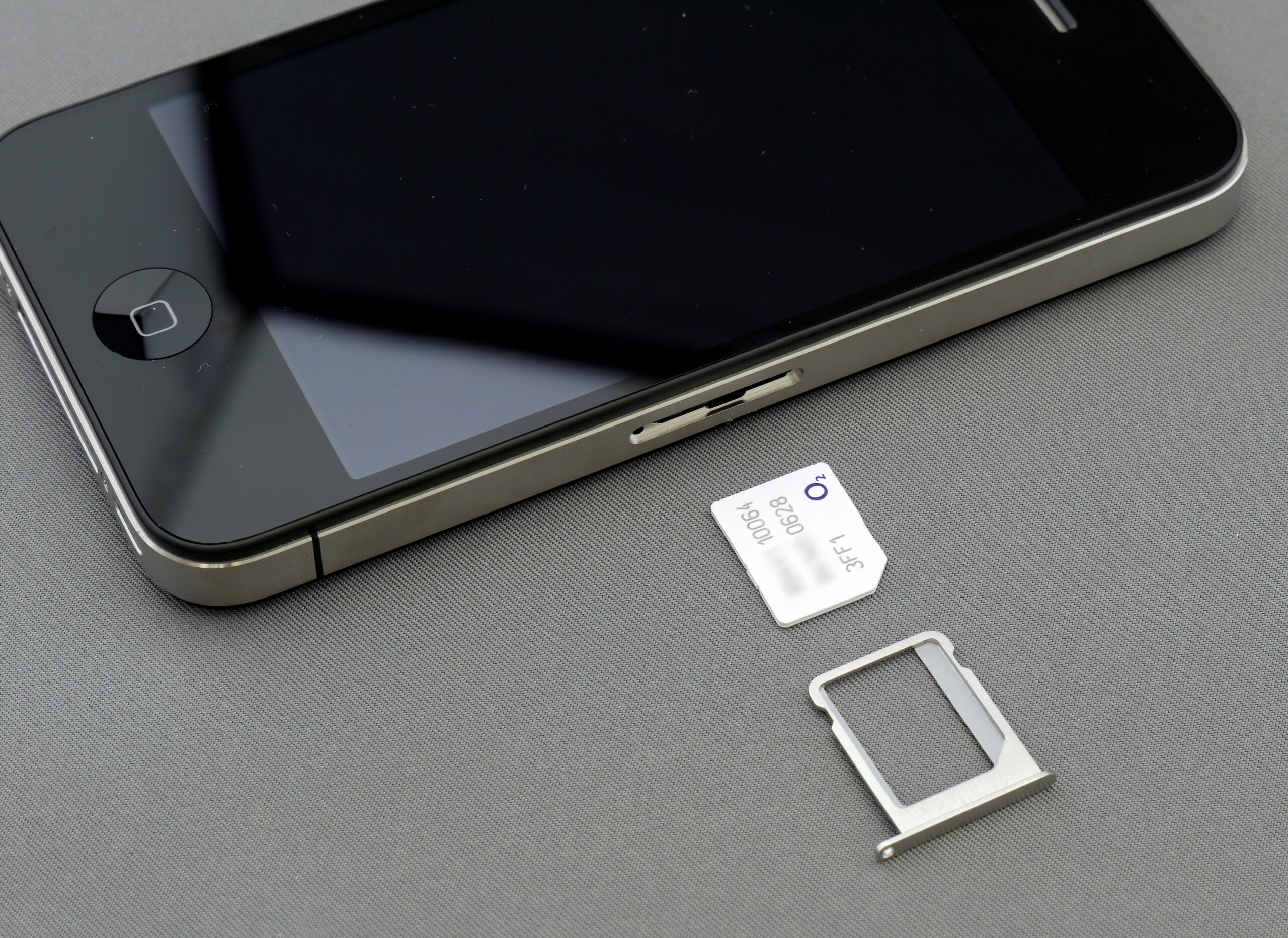Goodbye SIM Cards? The Rise of eSIM and What It Means for You. For decades, we have been familiar with the tiny plastic chip known as the SIM card (Subscriber Identity Module) that connects our phones to mobile networks. However, technology is evolving rapidly, and now, physical SIM cards are being replaced by something much more advanced—the eSIM. But what exactly is eSIM, and why is it gaining popularity? More importantly, what does this mean for you as a consumer? Let’s dive into the world of eSIM technology and explore how it is reshaping the way we use mobile devices.
Table of Contents
What is eSIM?
eSIM stands for embedded SIM, a digital SIM card that is built directly into a device. Unlike traditional SIM cards, which require physical swapping between phones, eSIMs are programmable and can be activated remotely through software. This means you no longer need to insert or remove a SIM card to switch carriers or use multiple numbers on one device.
How Does eSIM Work?
eSIM technology functions similarly to a physical SIM but is integrated into the device’s hardware. Instead of using a physical chip, your mobile carrier provides you with a digital profile that can be downloaded and activated. Most smartphones, tablets, and even smartwatches now support eSIM technology, making connectivity easier and more efficient.
For more details on how eSIM works, you can check out this resource: GSMA eSIM Guide.
Why is eSIM Becoming Popular?
The adoption of eSIM technology is growing fast, and for good reasons:
1. Convenience & Flexibility
With eSIM, switching carriers is effortless. Instead of visiting a store to get a new SIM card, you can change your provider with a few taps on your phone. This is especially useful for travelers who can easily activate local plans without needing a physical SIM swap.
2. Dual SIM Capabilities
Many smartphones today support both eSIM and a physical SIM, allowing users to have two different numbers on one device. This is ideal for professionals who want to separate work and personal calls without carrying multiple phones.
3. Enhanced Security
Since eSIMs are built into the device, they cannot be easily removed or stolen, reducing the risk of SIM-related fraud. Traditional SIM card cloning or swapping scams become less of a concern with eSIM technology.
4. More Space for Better Hardware
Removing the physical SIM tray allows manufacturers to design thinner devices with larger batteries or better waterproofing. Companies like Apple and Samsung have already started eliminating SIM trays in some regions, further pushing the adoption of eSIM.
5. Environmentally Friendly
eSIM eliminates the need for plastic SIM cards and packaging, reducing electronic waste. With millions of SIM cards produced annually, switching to eSIM can have a significant environmental impact.
Devices That Support eSIM
The list of eSIM-compatible devices is growing rapidly. Some of the most popular devices with eSIM support include:
Smartphones:
- Apple iPhones (iPhone XR and newer, including iPhone 15 series)
- Samsung Galaxy devices (S20 series and later, including Z Fold and Flip models)
- Google Pixel devices (Pixel 3 and newer)
Tablets & Laptops:
- Apple iPads (iPad Pro, iPad Air, and iPad Mini with cellular support)
- Microsoft Surface devices
- Some Lenovo and HP laptops
Wearables:
- Apple Watch (Series 3 and later)
- Samsung Galaxy Watch
- Google Pixel Watch
How to Activate an eSIM?
Activating an eSIM is simple, but the process varies depending on the carrier and device. Here’s a general guide:
- Check Compatibility: Ensure your device supports eSIM and your carrier offers eSIM services.
- Get an eSIM QR Code: Most carriers provide a QR code via email or their website.
- Scan the QR Code: Go to Settings > Mobile Network > Add eSIM on your phone and scan the QR code.
- Confirm Activation: Follow the on-screen instructions to activate the eSIM profile.
- Enjoy Seamless Connectivity! Your new eSIM will be active within minutes.
For a step-by-step activation guide, visit Apple’s eSIM Support Page.
Challenges and Limitations of eSIM
While eSIM offers numerous advantages, there are still some challenges:
1. Limited Carrier Support
Not all mobile carriers support eSIM yet, especially in developing countries. However, adoption is increasing globally.
2. Complexity for Some Users
Tech-savvy users may find eSIM easy to set up, but for those unfamiliar with digital technology, the transition from physical SIM cards might be confusing.
3. Dependency on Device Manufacturers
Unlike physical SIM cards that can be swapped between any phone, eSIMs are tied to specific devices, meaning you cannot easily transfer them between different models.
4. Potential Privacy Concerns
Some users worry about privacy and data security since eSIM profiles are stored digitally and managed remotely by carriers.
The Future of eSIM: Is the Physical SIM Going Away?
With Apple releasing eSIM-only iPhones in the U.S. (iPhone 14 and later), it is clear that physical SIM cards are gradually being phased out. Other manufacturers are likely to follow suit, making eSIM the default standard for mobile connectivity in the coming years.
Additionally, industries beyond smartphones are adopting eSIMs, including automobiles (for connected cars), smart IoT devices, and enterprise communication solutions. As eSIM technology evolves, we can expect:
- Faster carrier adoption worldwide.
- Improved security and fraud prevention features.
- Seamless global roaming experiences.
- Greater integration in emerging tech like smart glasses and AR devices.
Conclusion: Should You Switch to eSIM?
If your device supports eSIM and your carrier offers it, switching can be a great decision. It provides flexibility, security, and ease of use, making mobile connectivity more seamless than ever. However, if you frequently swap devices or live in an area with limited eSIM support, you may want to wait until it becomes more widespread.
One thing is certain: the era of the physical SIM card is coming to an end. Whether you’re ready for it or not, eSIM is the future of mobile technology—and it’s already here.
Find more Tech content at:
https://allinsightlab.com/category/technology/

